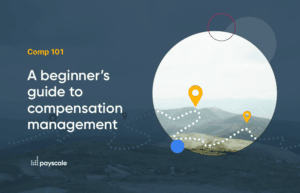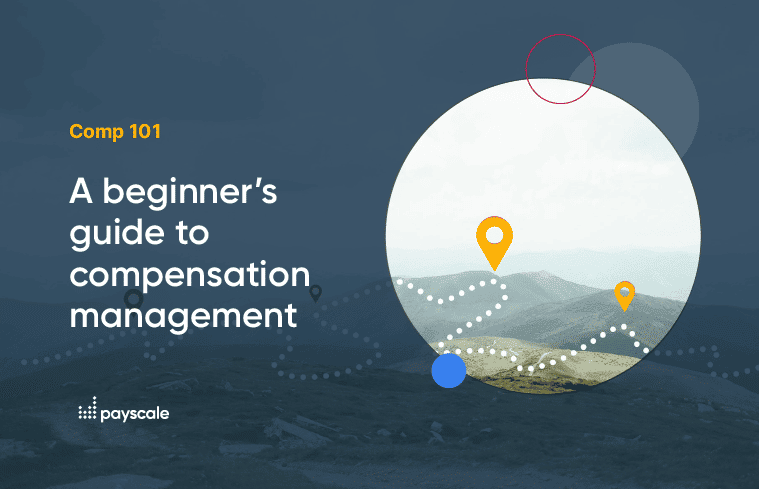At Payscale, we get excited when we see real-world examples of pay transparency in relation to open jobs. Last week, Alexis Ohanian Sr., founder of 776 and co-founder of Reddit, provided one of those examples when he took to LinkedIn to post a job opening for the Head of Content & Communications.
As one of his 322,489 followers noted, the post was truly an original – absent of clichés and jargon. Notably gracious. Ohanian also included the $140,000 salary as part of “the deets” for the role.
Not everyone thought this salary was sufficient. “This salary is too low for this role. Bump it up,” a commenter posted in response.
For some founders, managers, HR leaders, CEOs, and recruiters, this comment might have made them want to run for the hills. But not Ohanian. He continued to embrace pay transparency and openly explained the background and process used to determine the salary for the role:
“Thanks for your thoughts here (conversations like this are one of the reasons why I personally LOVE being transparent about everything, including comp, in a job application). We think this compensation is fair for a few reasons:
1- we benchmark our compensation against other VCs with similar assets under management (AUM) and differentiate comp based on job function; this is where the data/comp landed based on our firms’ compensation philosophy
2- we are targeting a senior manager // mid-level IC for this role, someone with a ton of potential that can think strategically but isn’t afraid to do the heavy lifting – with that being said, we are open to meeting candidates with a wide range of experience and if someone’s should be leveled higher than our targeted level and compensation, and they are truly the right person for the job, we would make the adjustment to our targeted comp for that candidate and level up our expectations and
3- this person will be a team of one for the foreseeable future
4- also this role has a cash bonus with accelerators, making the total target cash higher than salary. This role also has carry, a great long-term incentive for employees that work at a VC firm.”
Ohanian received a reply from the person who originally had an issue with the salary.
“That makes much more sense, thanks for adding the detail,” she wrote.
Read Ohanian’s full LinkedIn post and the responses here.
Lean into Alex Ohanian’s compensation example
One of the key take-aways from this exchange is that top-performing companies — and founders like Ohanian — understand the role that compensation plays in engaging employees and candidates.
Of course, getting to this level of compensation maturity and pay transparency takes time, effort, and consideration. But examples like this illustrate that it is possible.
The transparency Ohanian demonstrated is going to become a requirement as more states and localities around the globe implement pay transparency legislation. At this pivotal point, it’s more important than ever that HR and business leaders understand the fundamentals of compensation management.
Seven essentials of compensation management
It’s up to HR and compensation professionals to put basic compensation principles in place so that the right programs exist and these conversations can happen.
There are seven essentials required for a successful compensation approach:
- Pay philosophy: High-level view of organizational goals with regard to compensation
- Compensation strategy: Tactical definition of your talent market(s), level of competitiveness, and what you want to reward
- Job architecture: Framework of job functions, job families, and job levels that serves as a foundation for job pricing
- Salary market data: Guidelines for gathering market values for each job
- Pay ranges: Established ranges for how you apply market data to pay your employees
- Policies and processes: Standards and guidelines for managing pay in the organization
- Communication: Information you provide to employees about pay and how it’s decided
Understanding and implementing these essentials, which are covered in detail in Comp 101: A beginner’s guide to comp management, will help organizations balance the needs of employers and employees so that compensation serves to empower employees and ensure business outcomes are achieved.
Eliminate arbitrary compensation decisions
Compensation issues can arise even in the most organized and people-oriented companies. Even the smallest inconsistency or conflict can impact the enthusiasm and motivation of employees across the entire organization. Some of the most pressing issues faced by HR leaders, founders, and CEOs are compensation related.
As Ohanian’s response regarding the salary question shows, there are a lot of factors to consider when it comes to compensation. By understanding and addressing the seven essentials, organizations can ensure that their compensation management approach is effective and accurate.
“A clear compensation strategy can eliminate arbitrary salary decisions, and ensure employees are fairly compensated and valued. Additionally, a quarterly review of compensation can make sure there aren’t major discrepancies,” according to Forbes HR Council member, Ray Ocon.
Creating a successful compensation approach takes time and knowledge. If you’re looking for compensation education and insights, Comp 101: A beginner’s guide to compensation management is the perfect place to start. This ebook offers detailed information about the seven essentials, as well as questions to consider when building a solid approach to successfully manage compensation.



